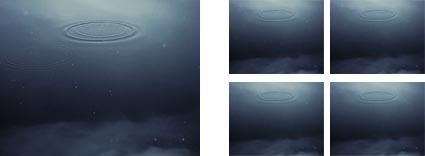Variations

Here’s an excerpt from my article in the current issue of After Capture magazine.
“Once you’ve identified the core concerns, strengths, and weaknesses a body of work your path becomes clearer. Stick to your strong points; repeat them. Eliminate or minimize weaknesses. Introduce small variations of less essential items to add life, complexity, and nuances to the work. Enrich text with subtext. Make a list of possible variations upon the elements that you’ve identified. Consider, different points of view and different combinations of elements. Keep adding to your list as time goes on. It’s likely you’ll generate many more ideas than you can accomplish in a short time. With these options in mind you’ll never run out of ideas to pursue. Pursue only the very best ideas; let the lesser ideas pass you by. How do you evaluate new ideas? Ask yourself some questions. How much repetition leads to saturation (adding more information without adding anything new)? How much variation can you support without losing track of the essential idea and starting a new one? Does including a variation reinforce or distract from the entire body of work and its theme? If it reinforces it, include it. If it distracts from it, set it aside for another use. Quite often these images can start new bodies of work. They can even serve as bridges between related bodies of work. Engaging this process consciously increases the likelihood that you will produce the more significant results both now and in the future. You’ll know what to move forward on and when to move forward. You’ll know what to defer and when to defer it so you don’t get sidetracked …”
Find my PDFs on Creativity here.
Learn these and other core concepts in my workshops.








